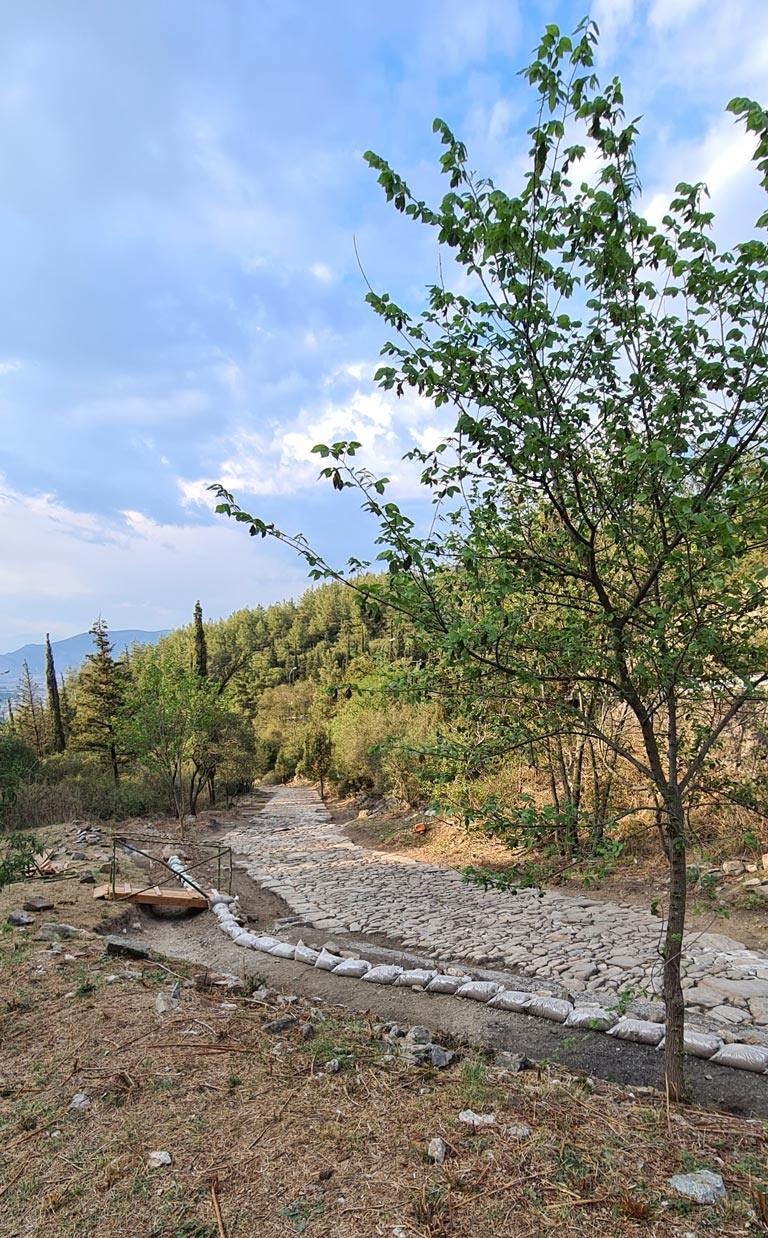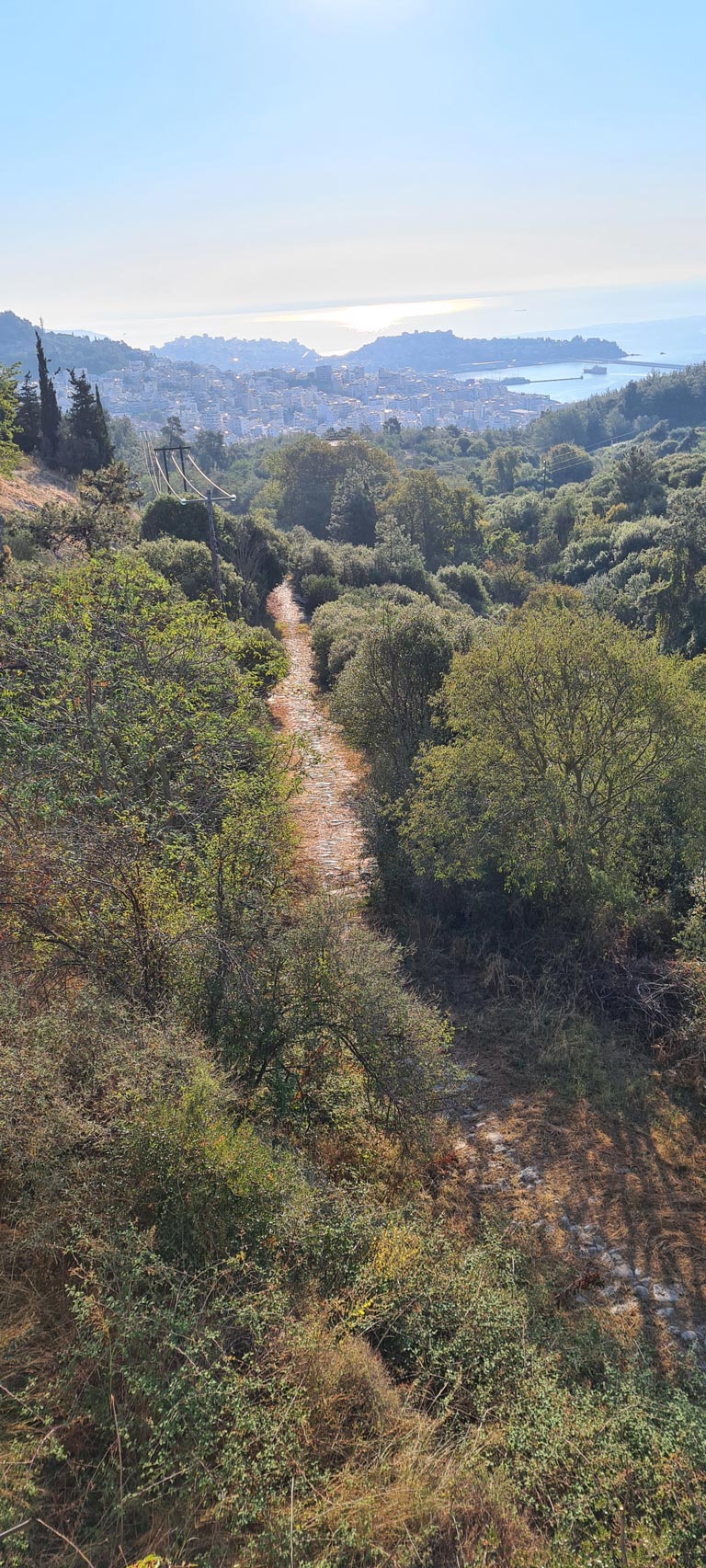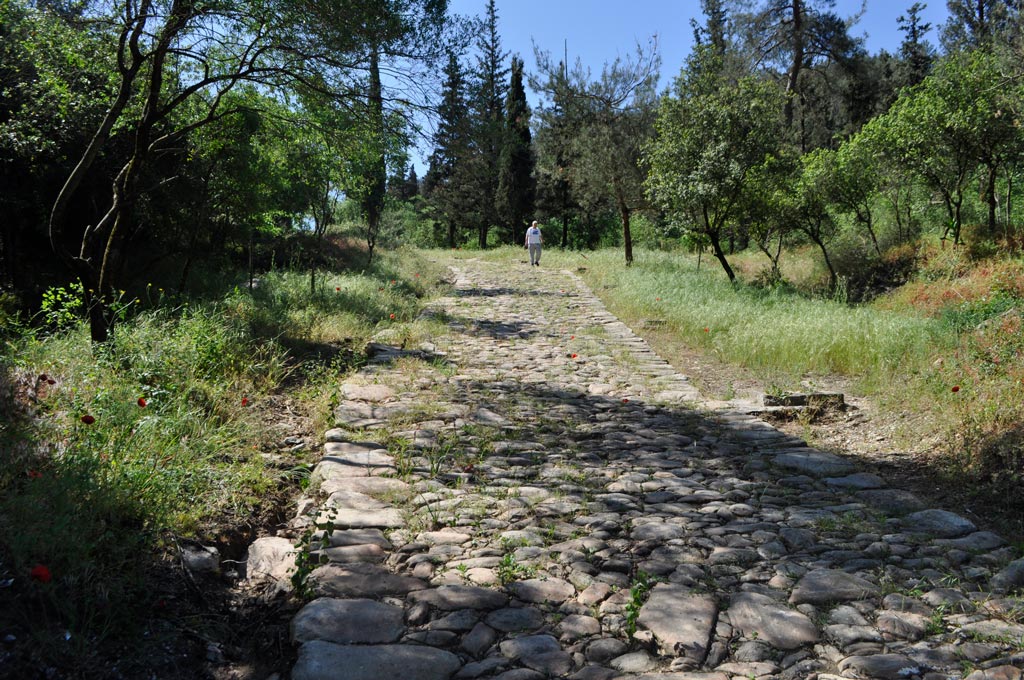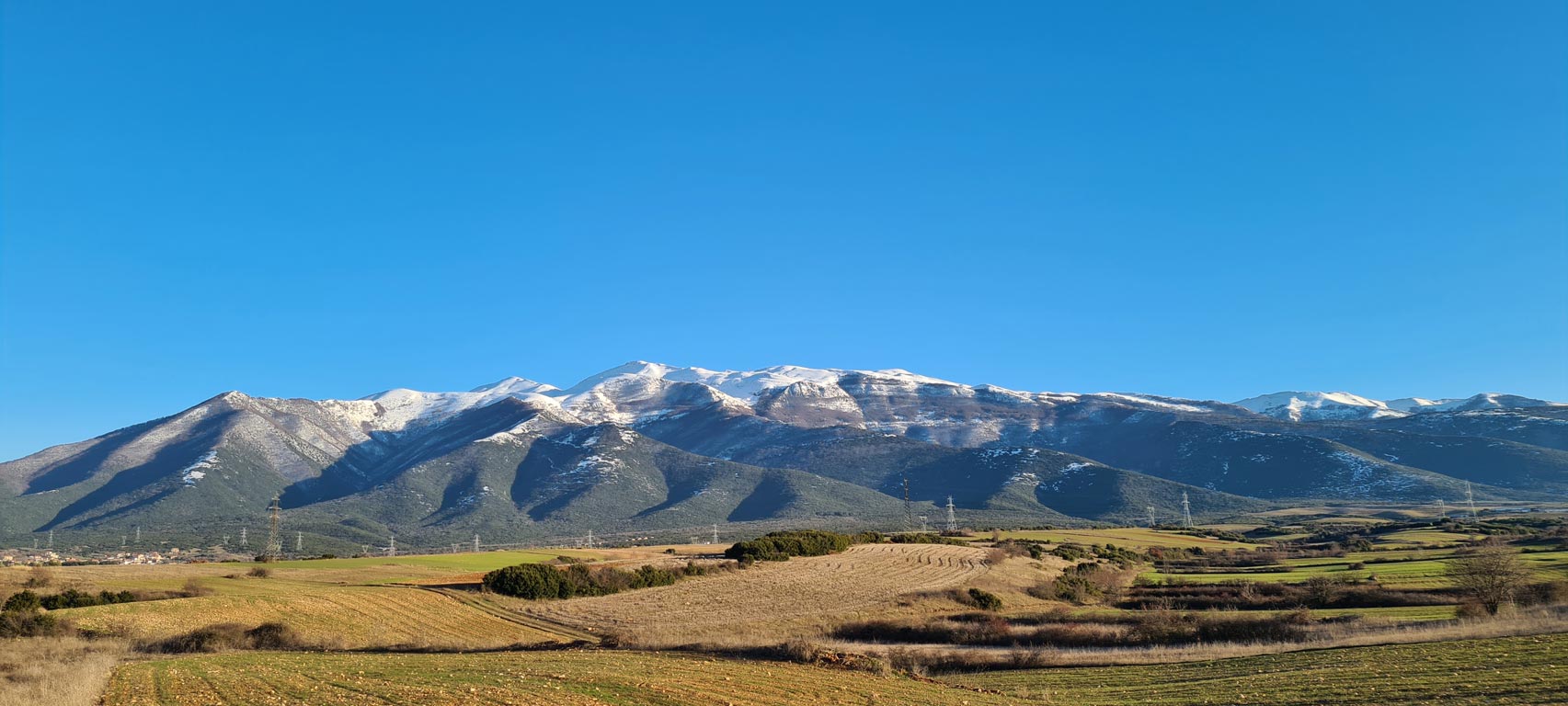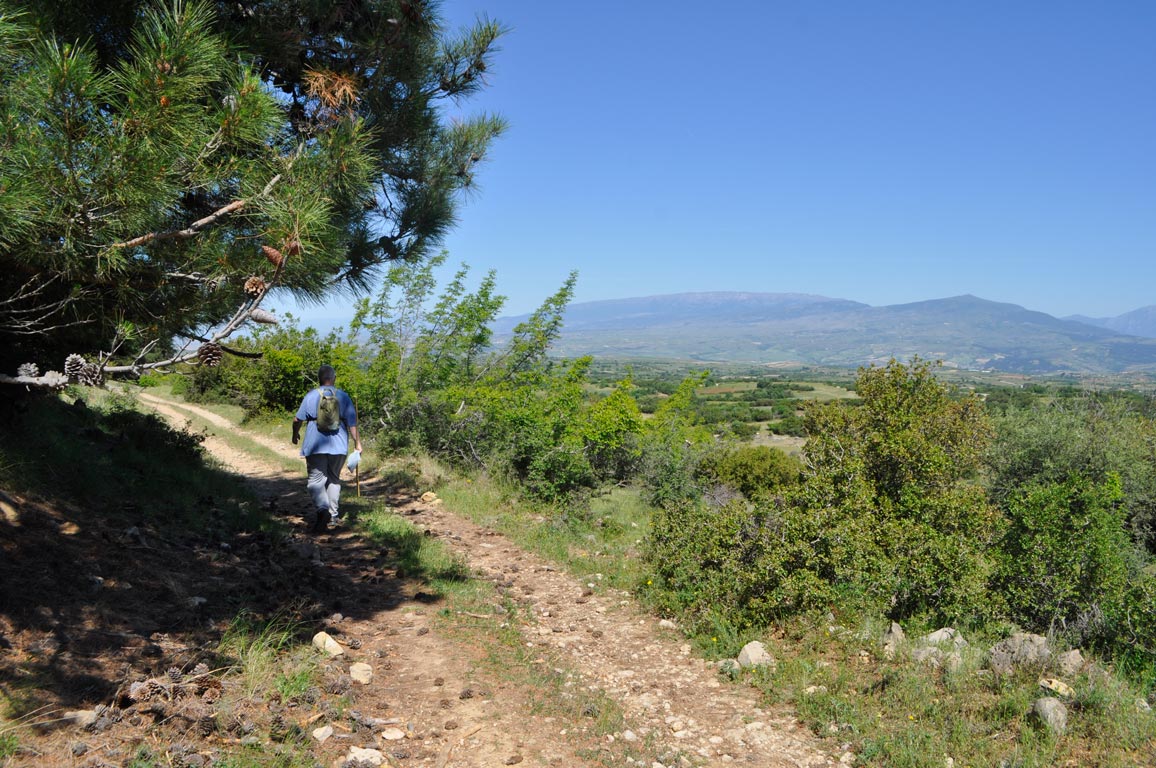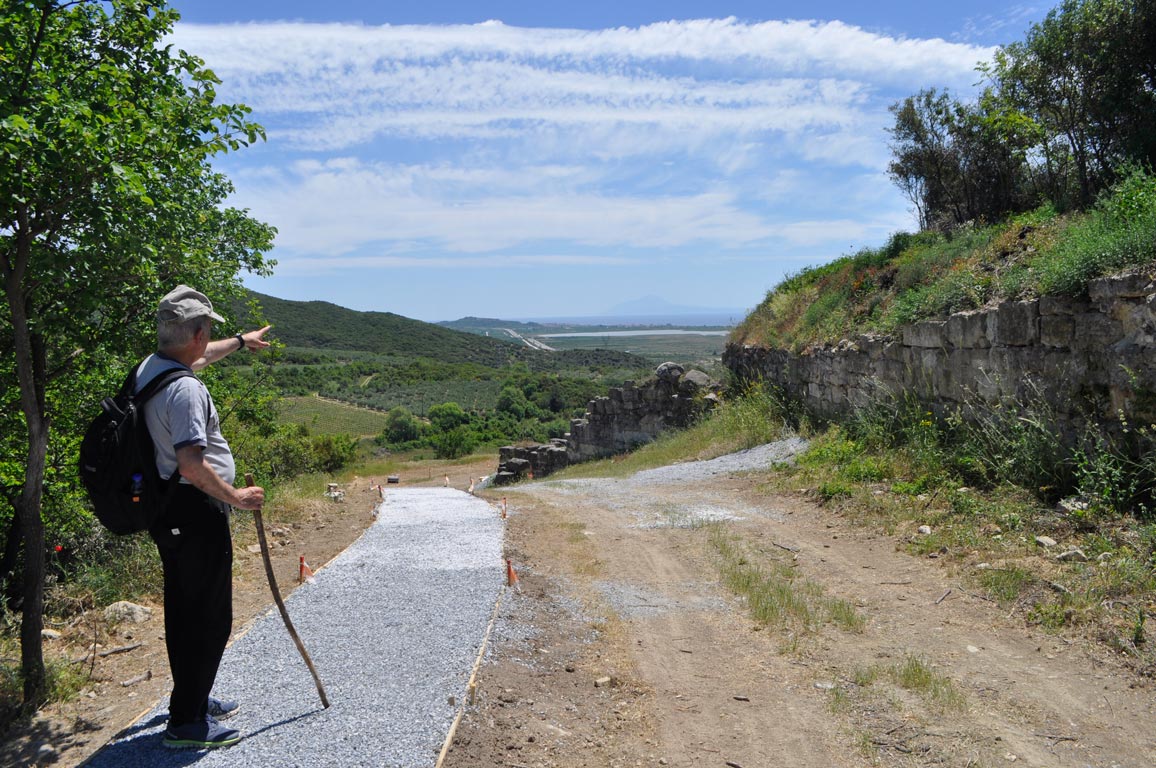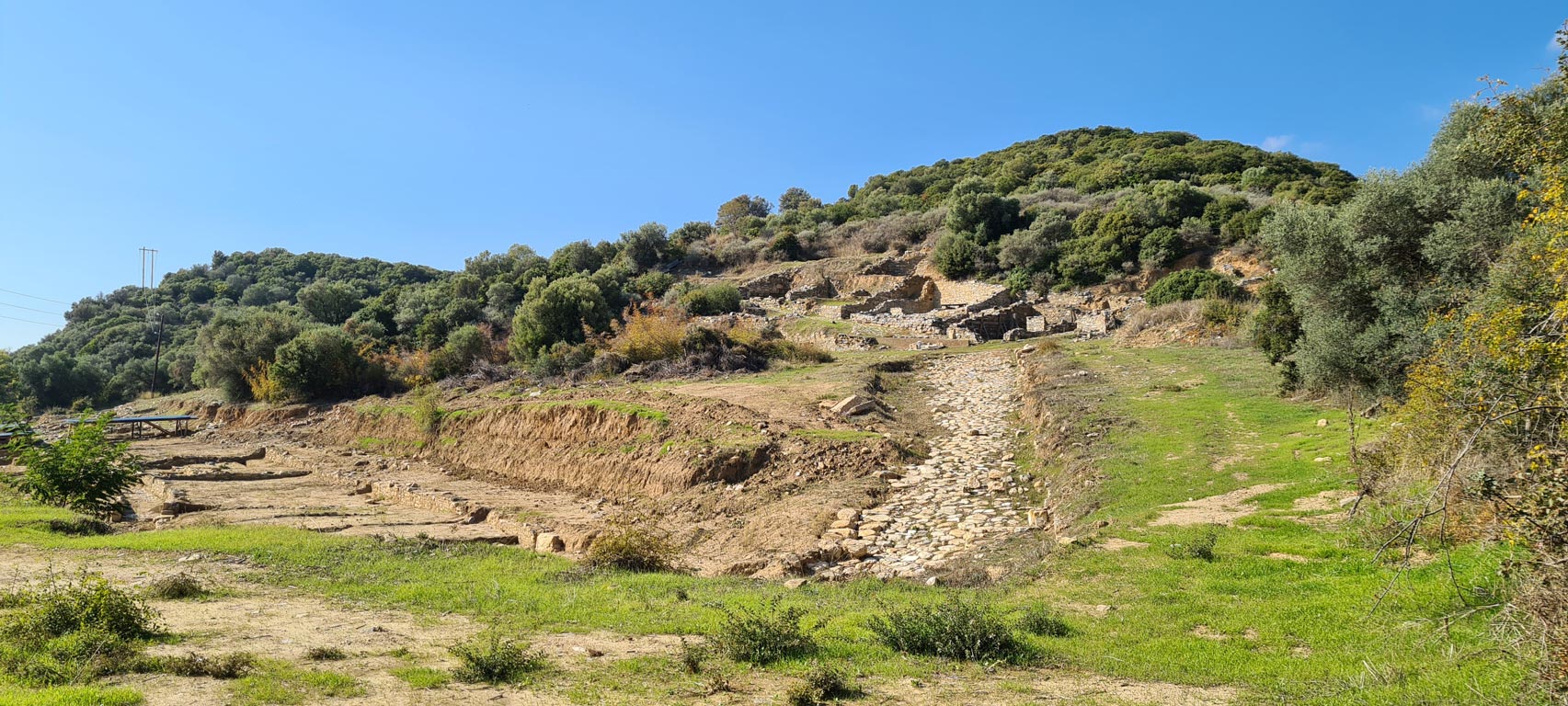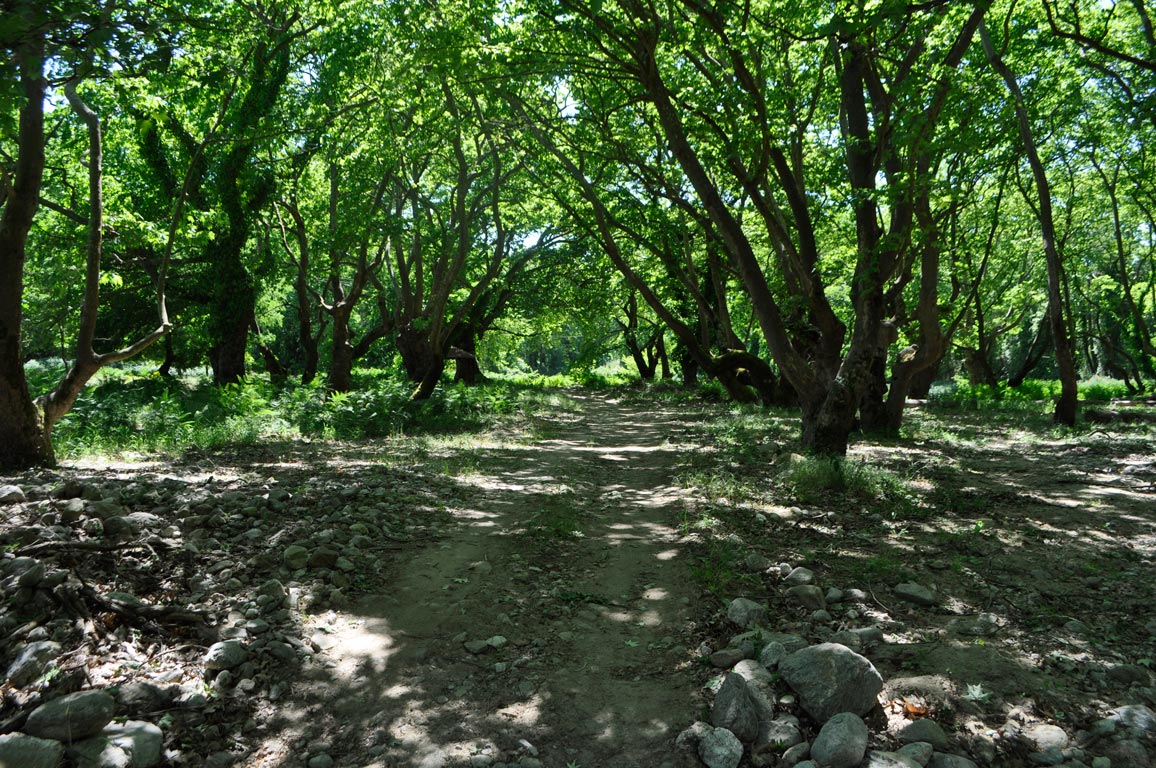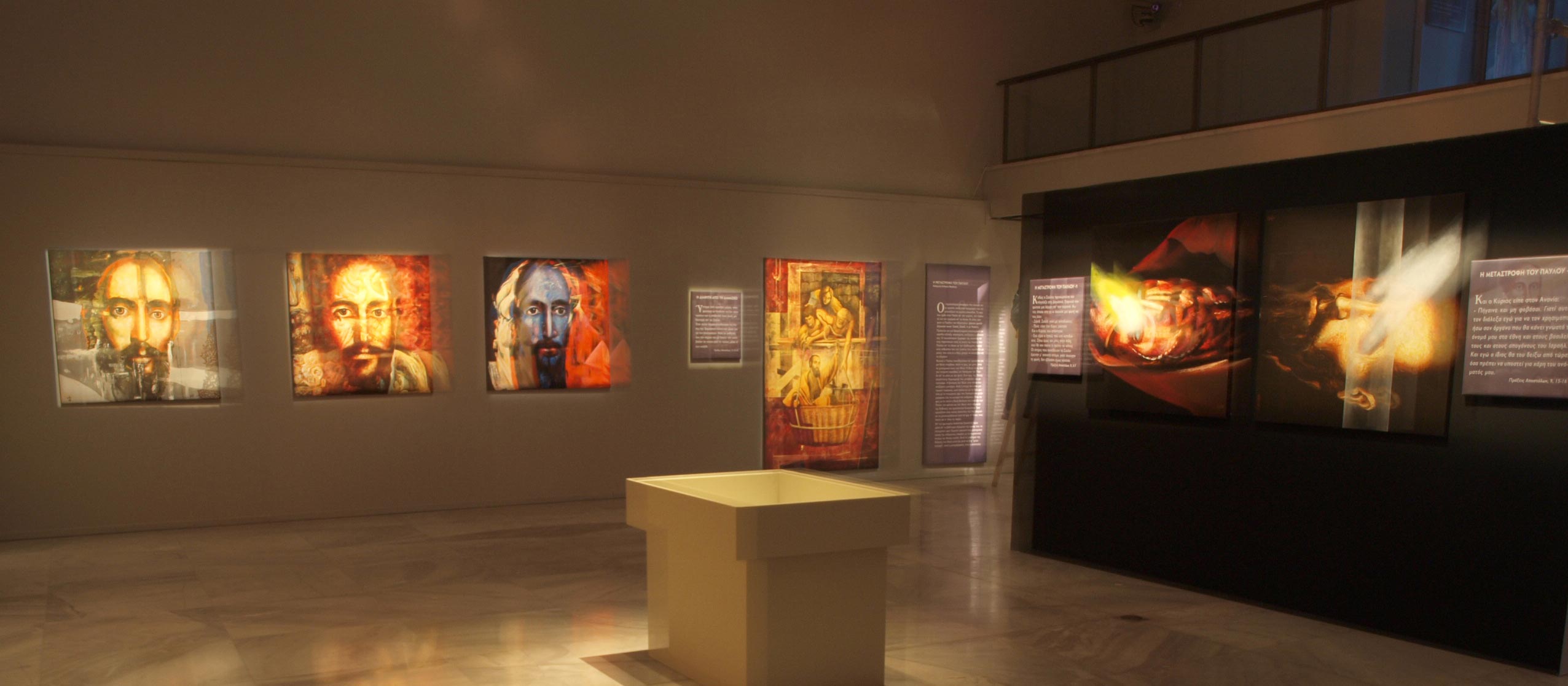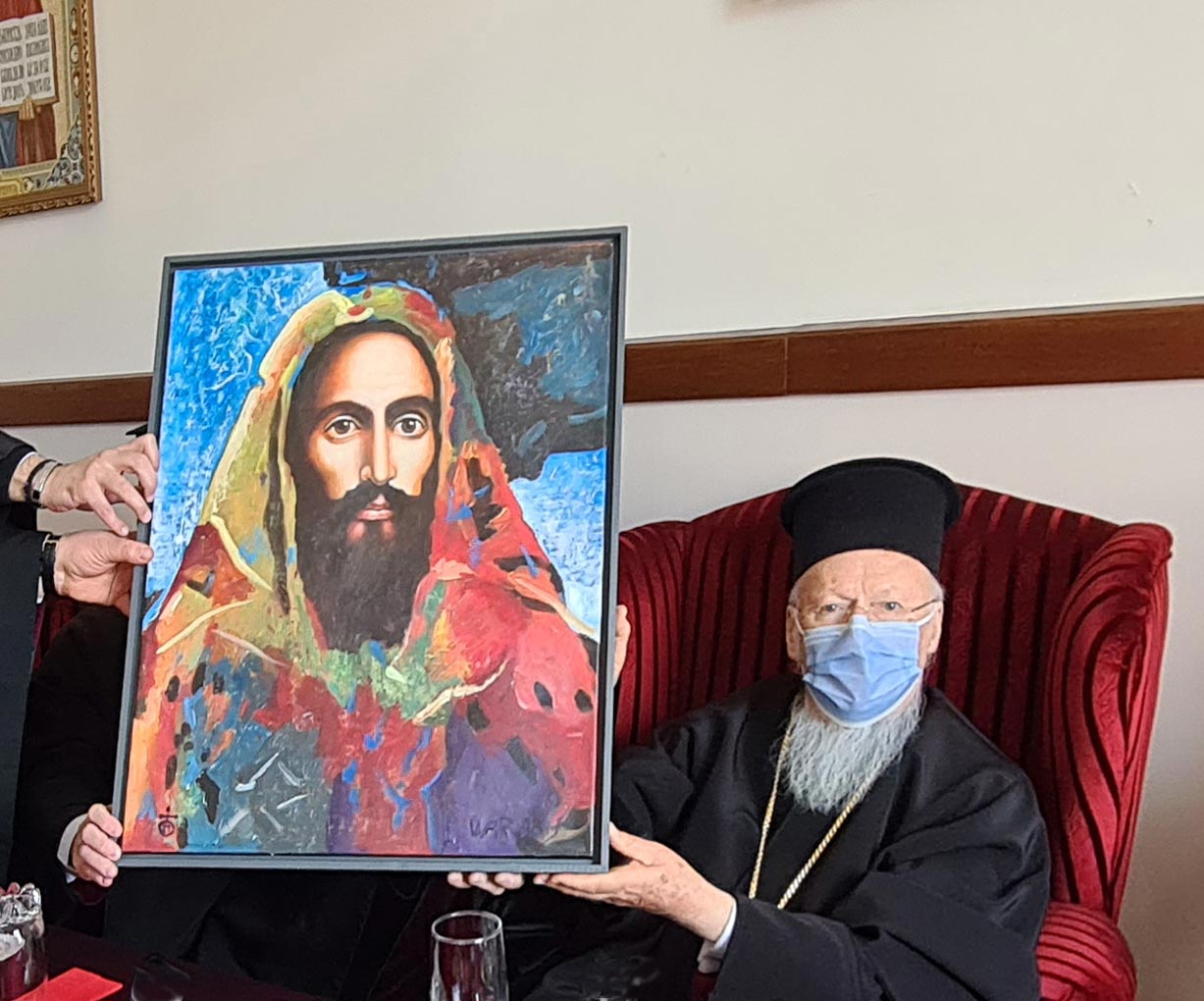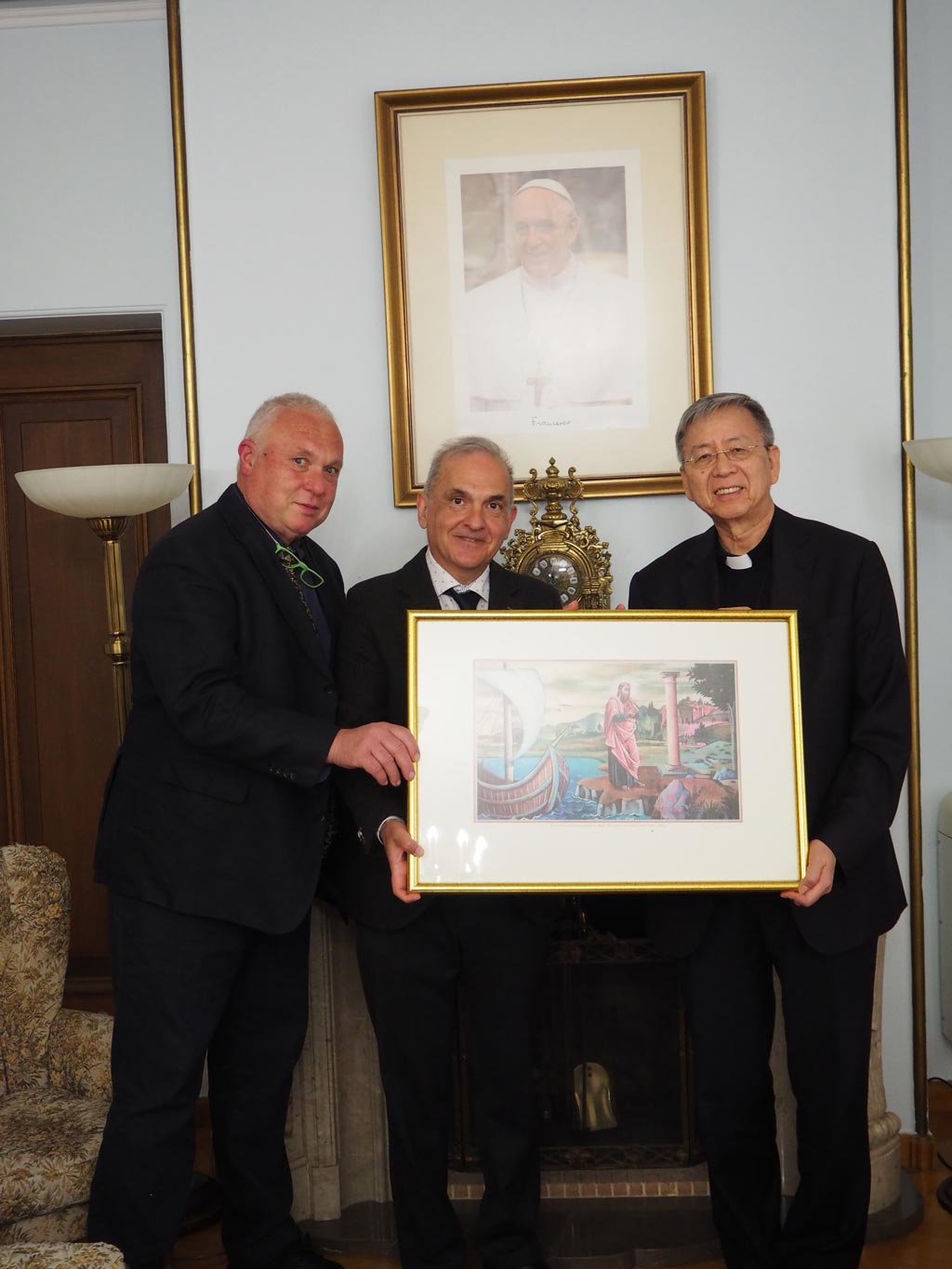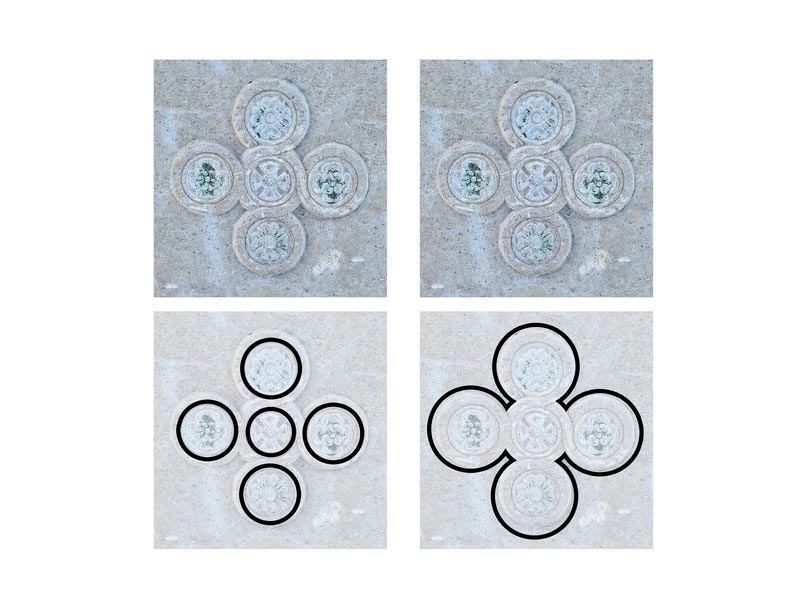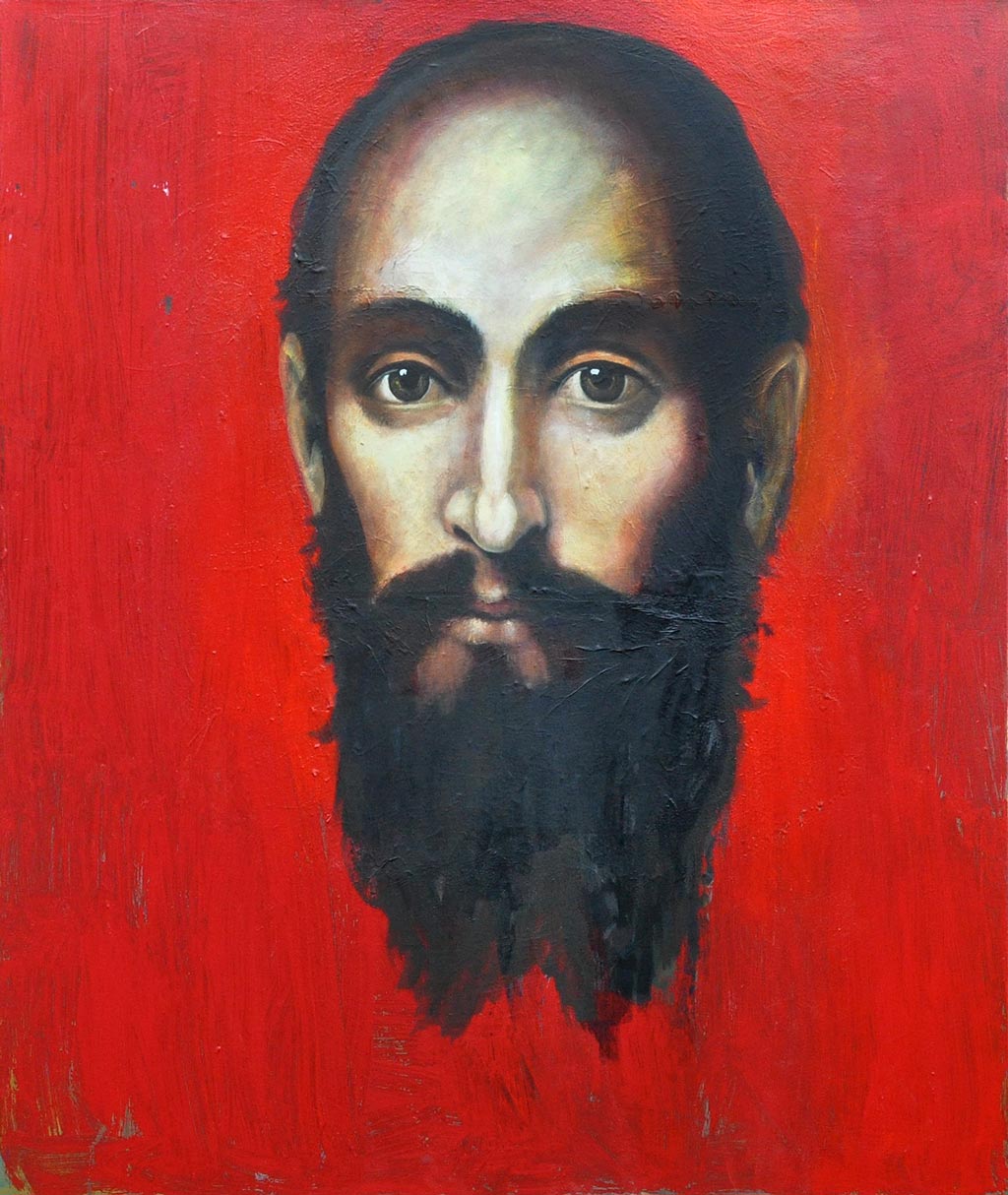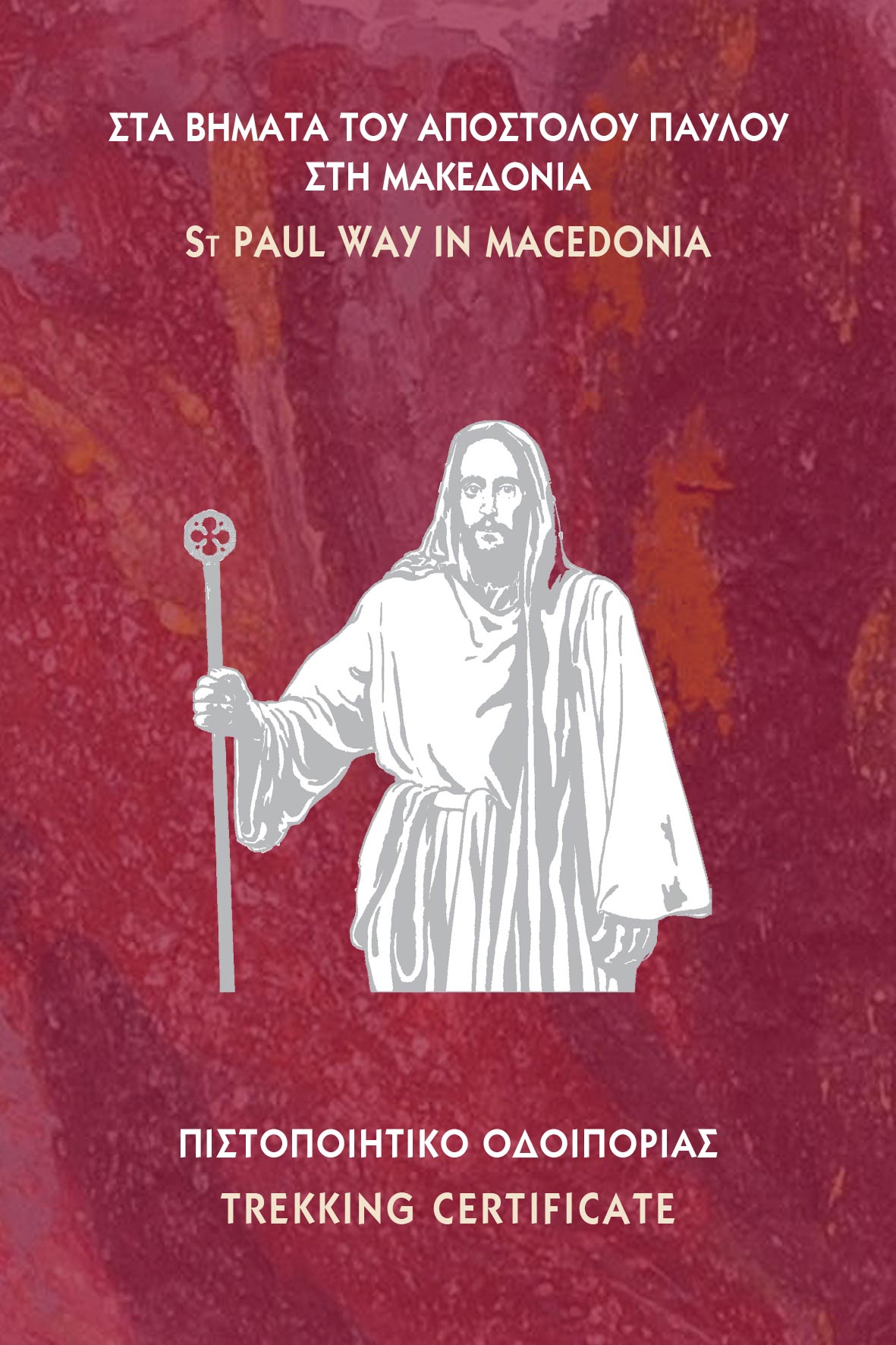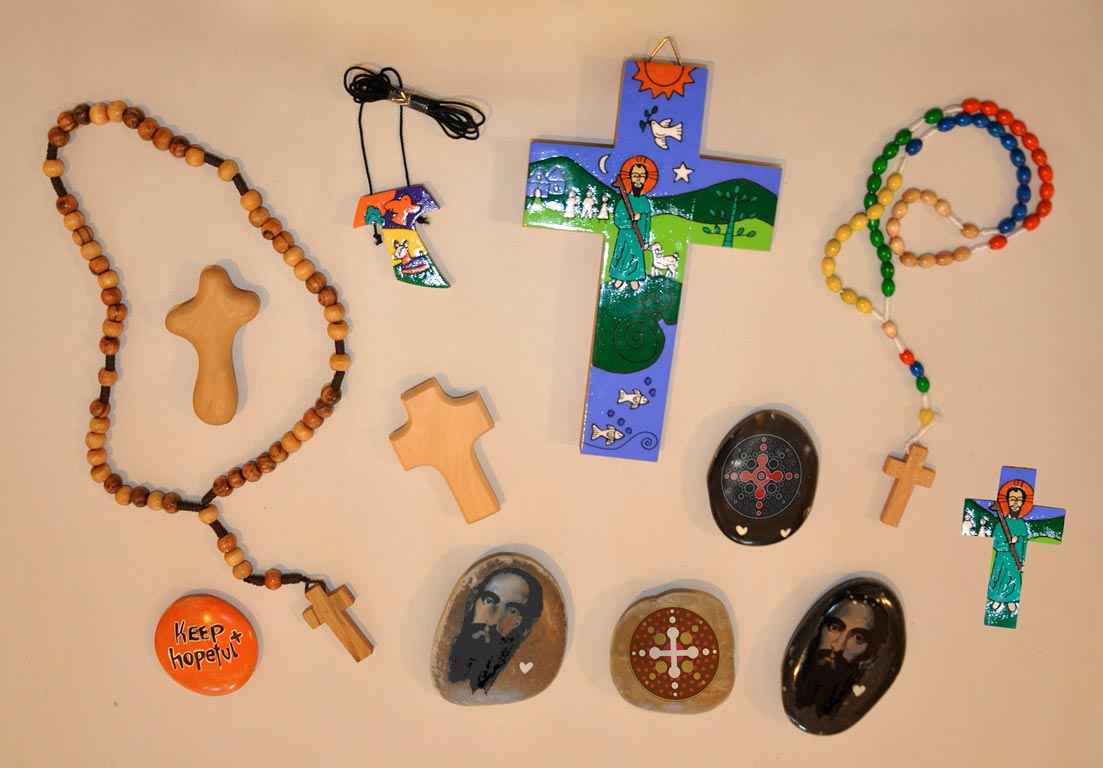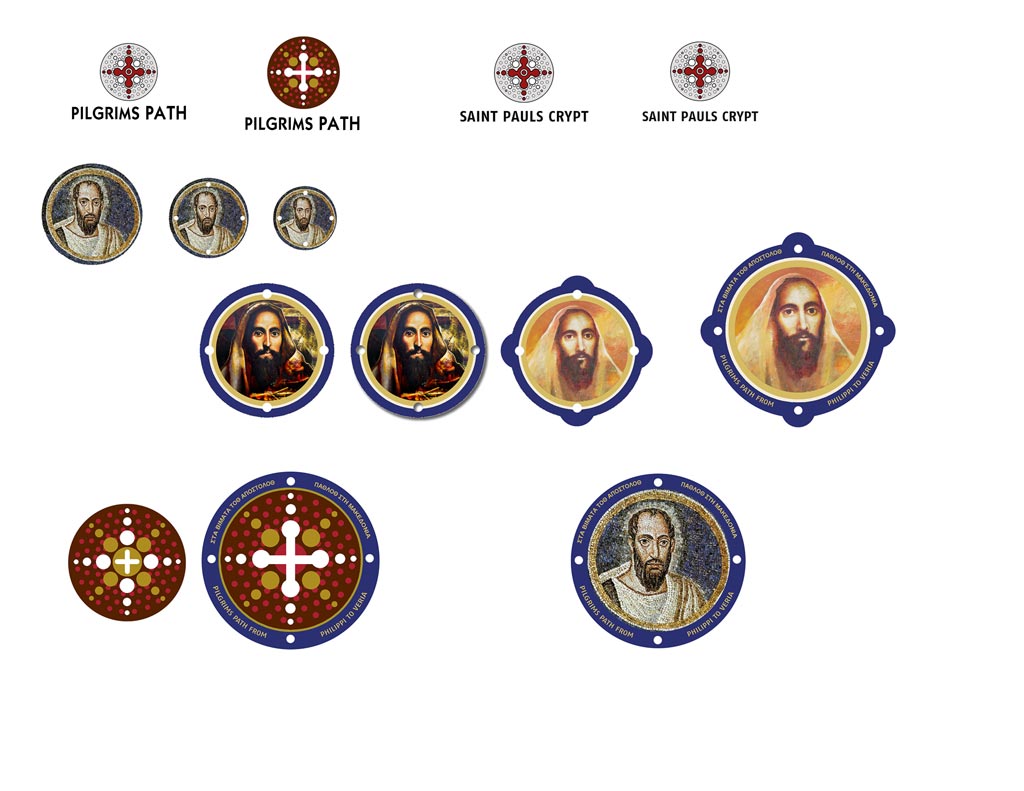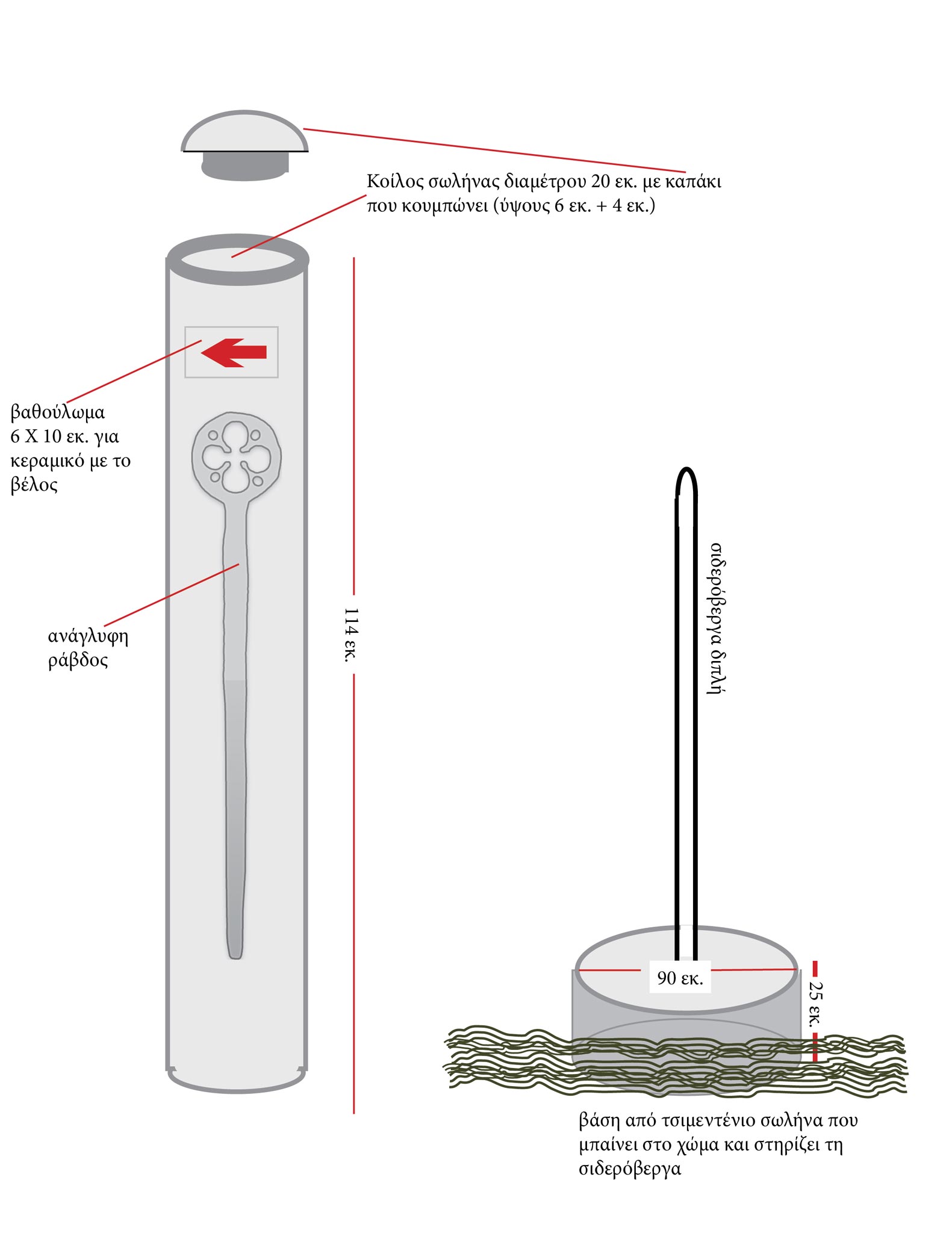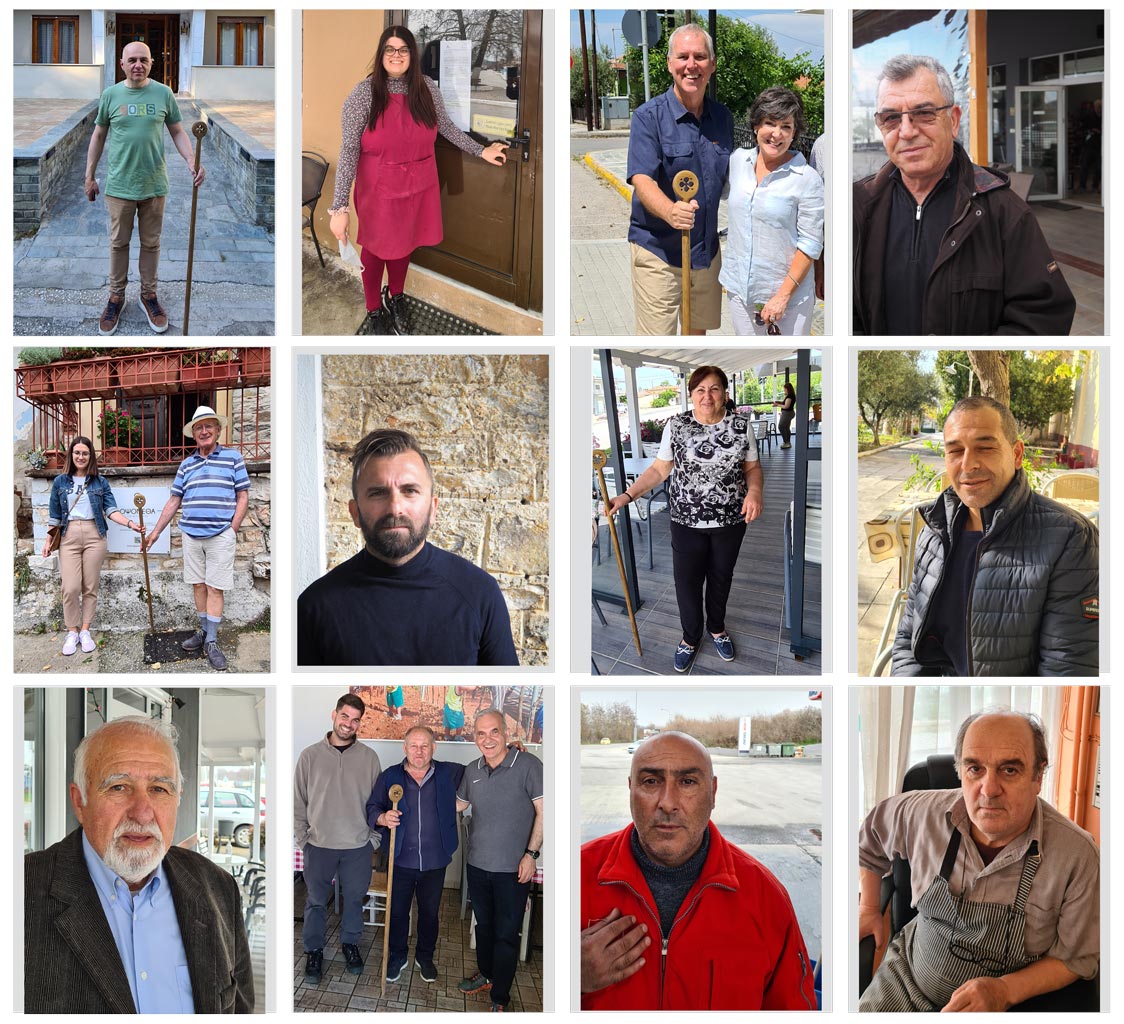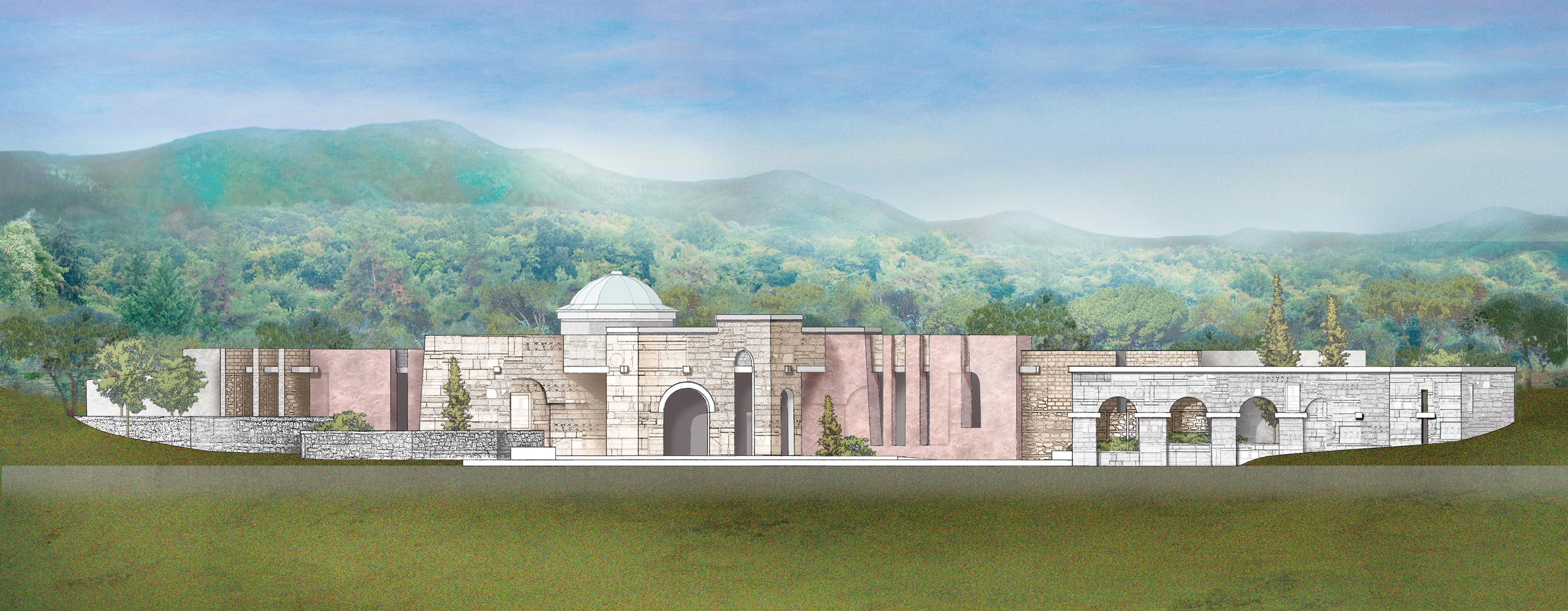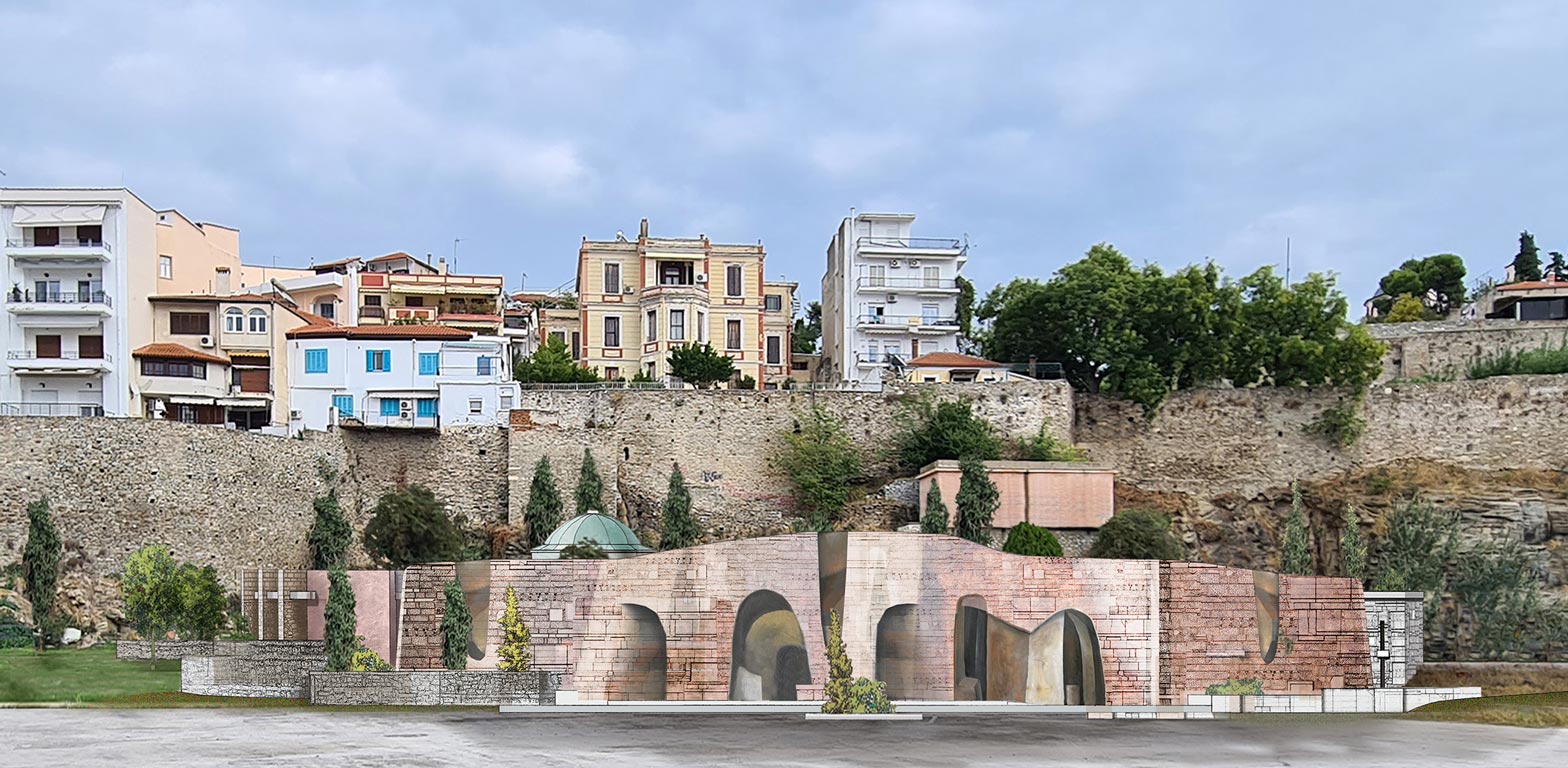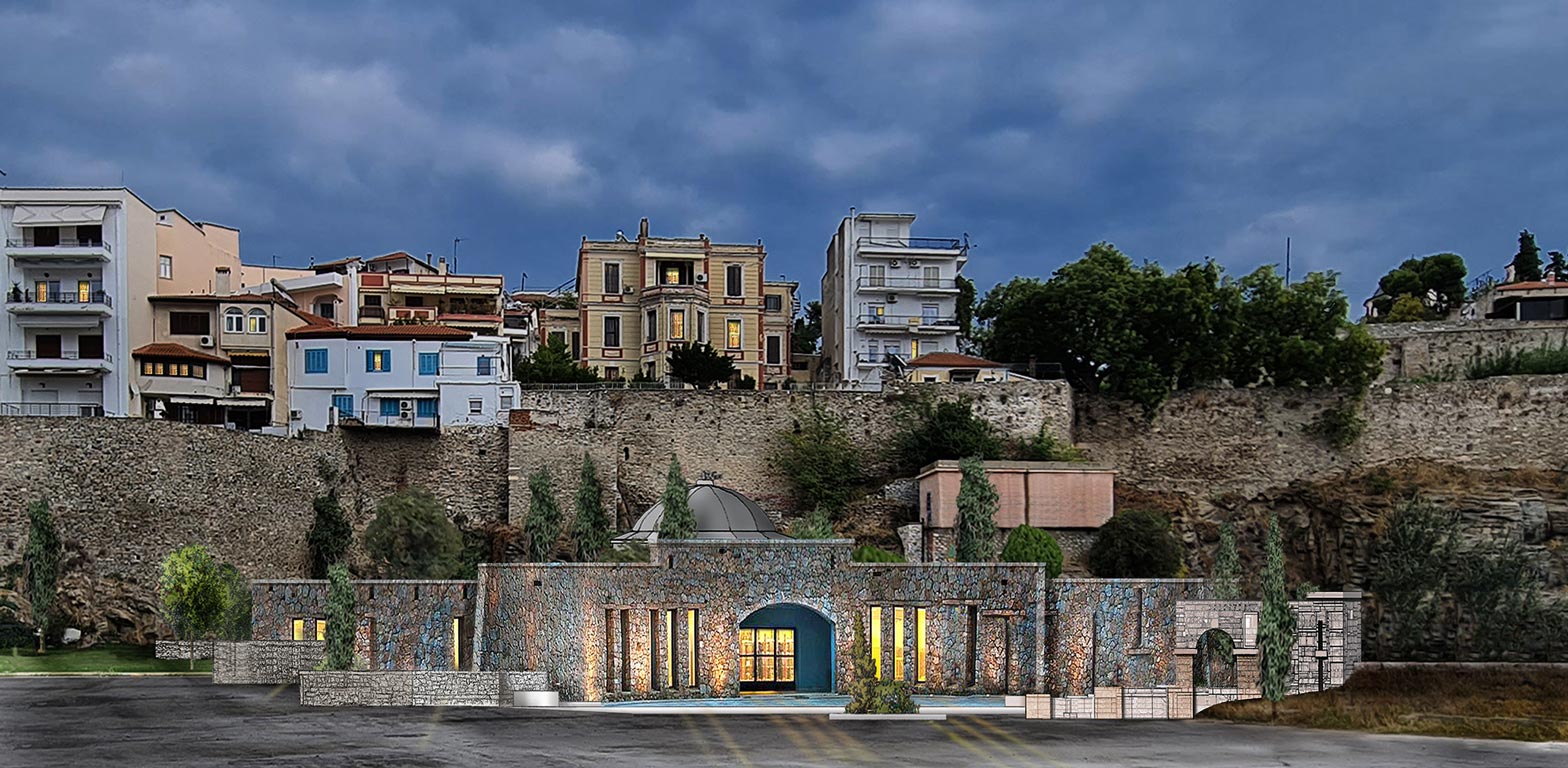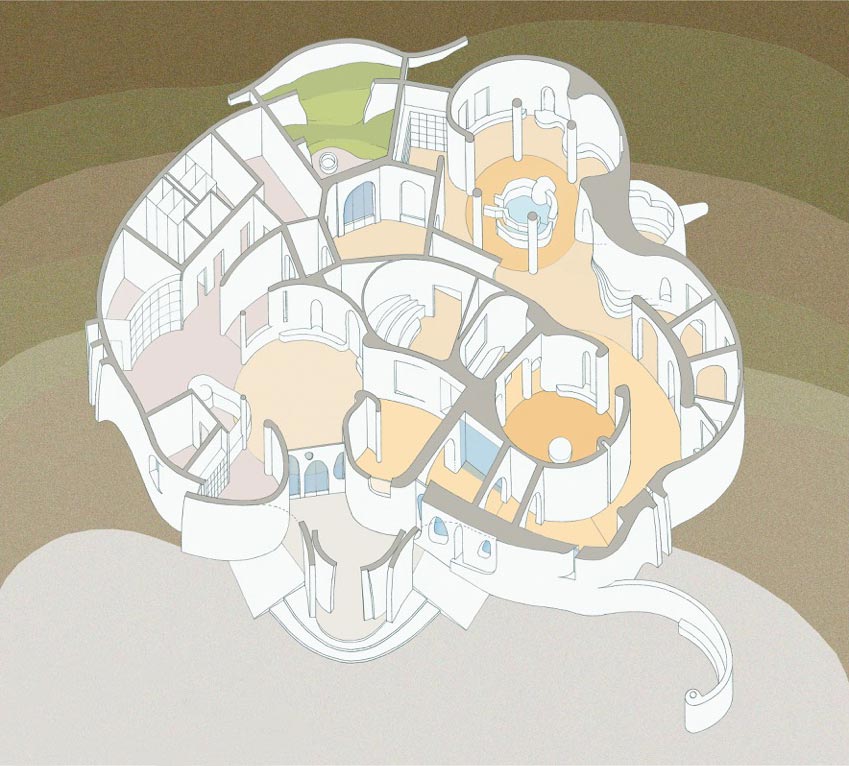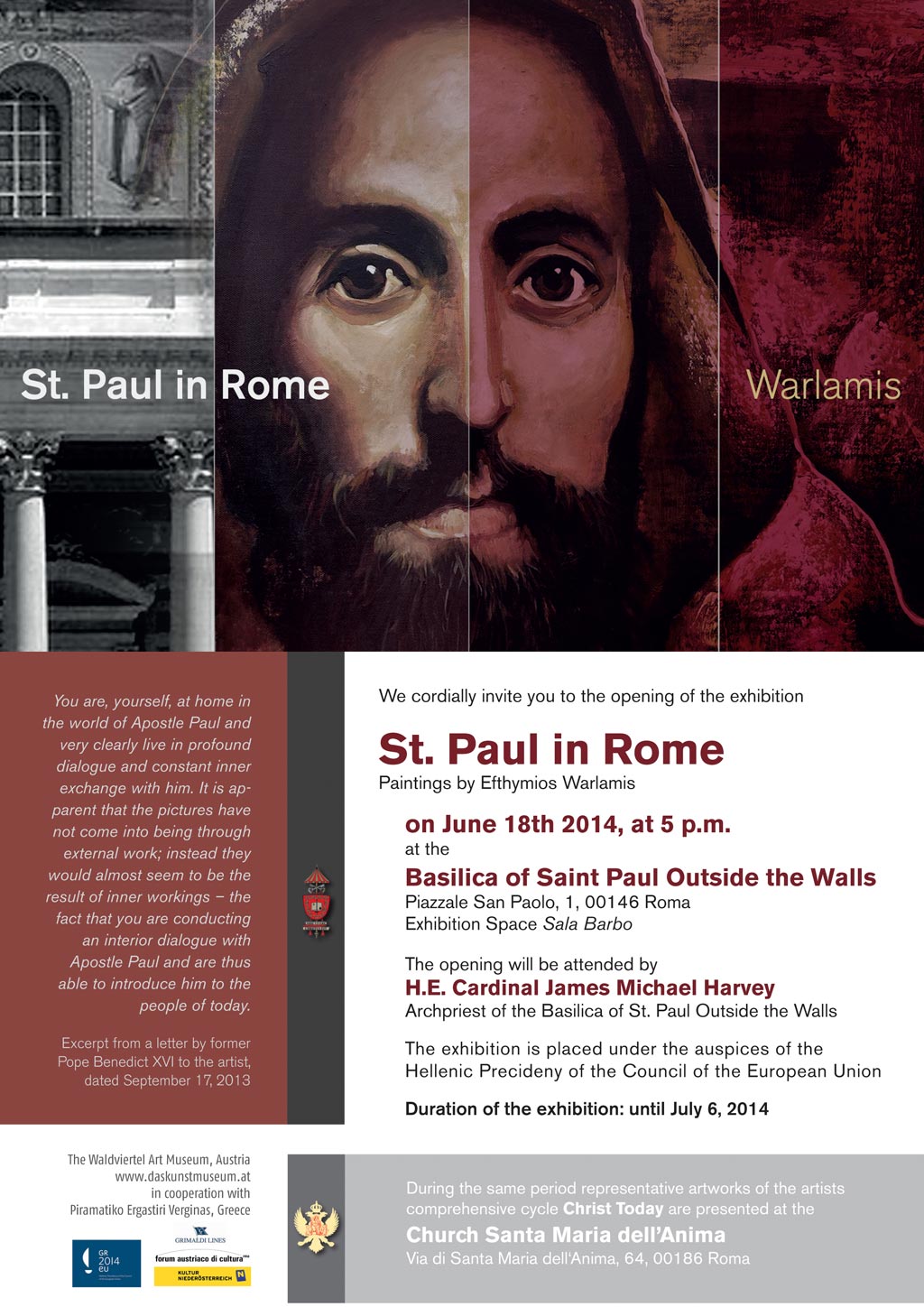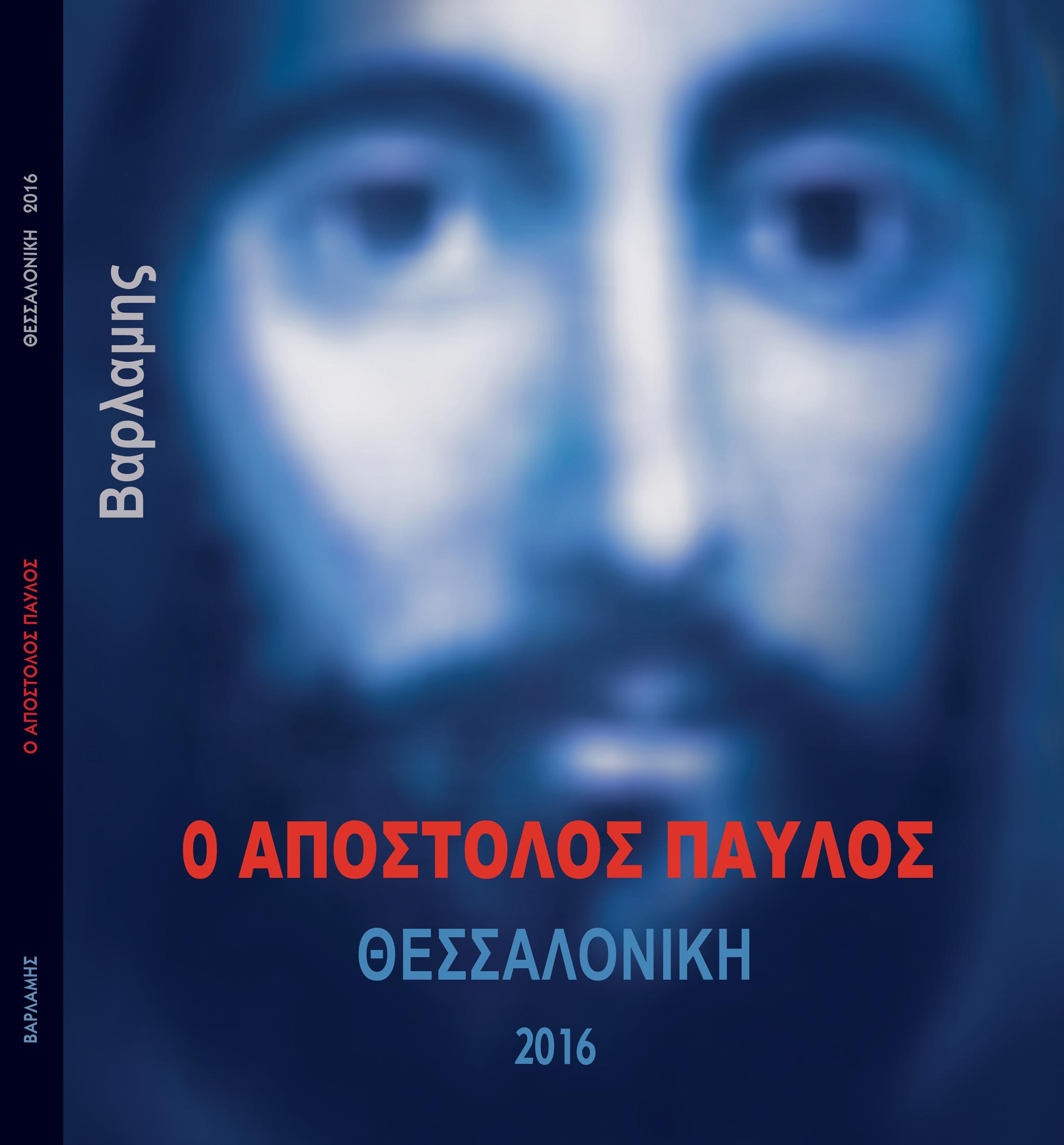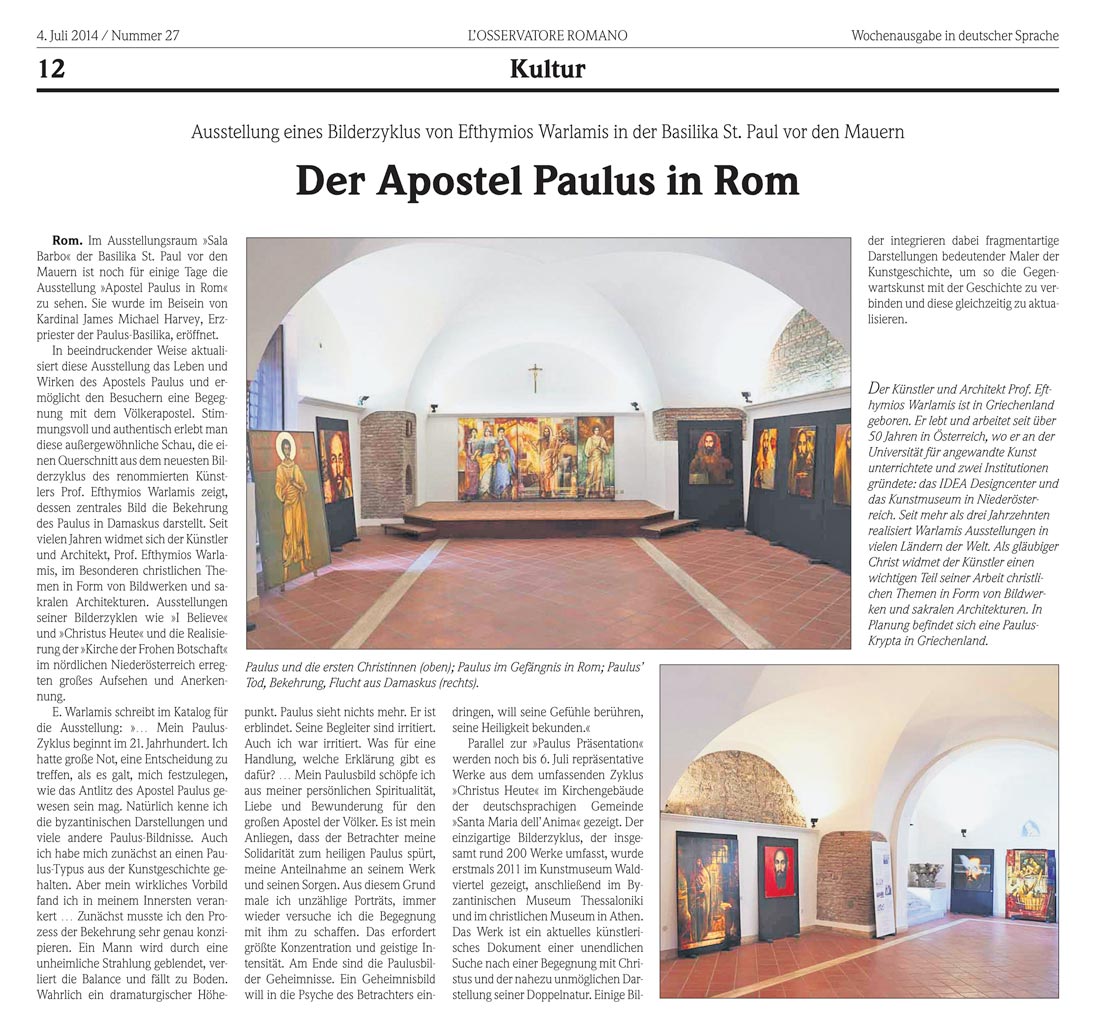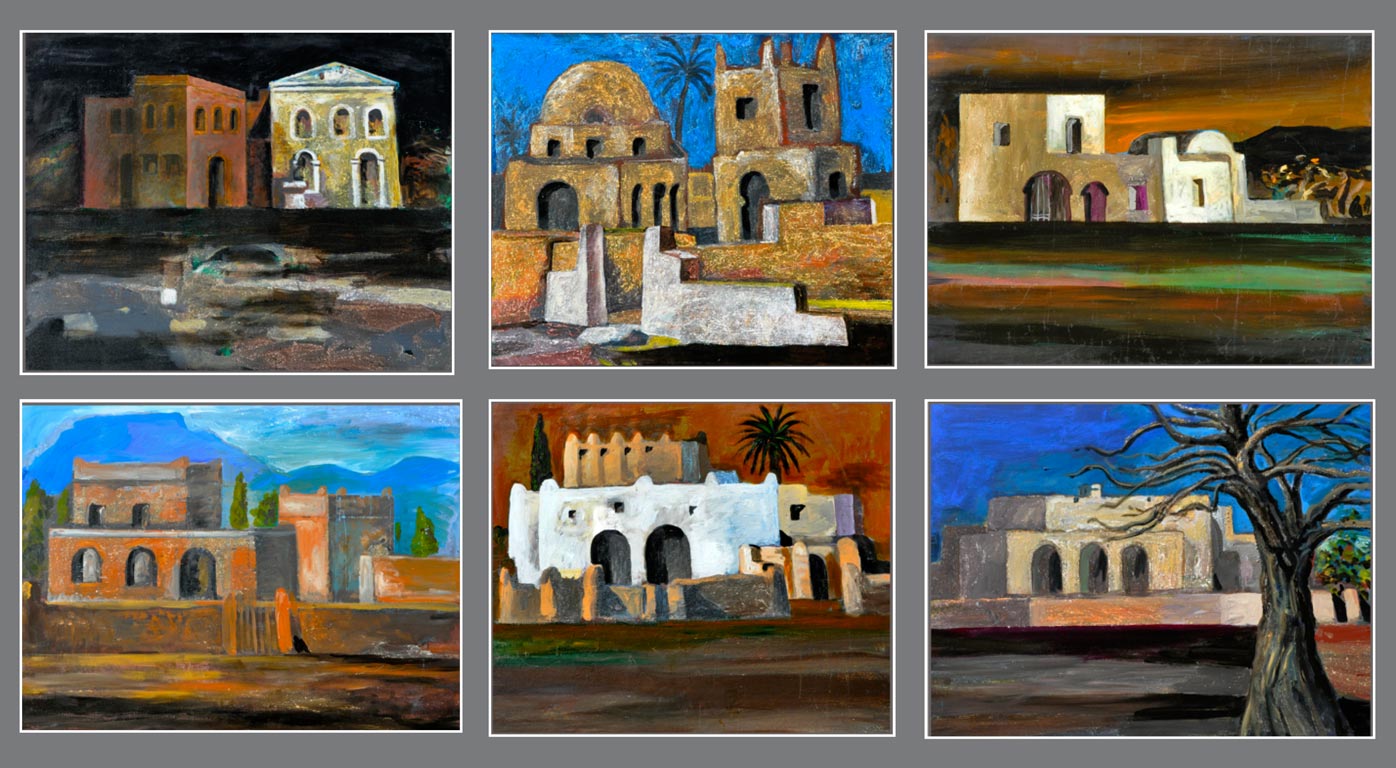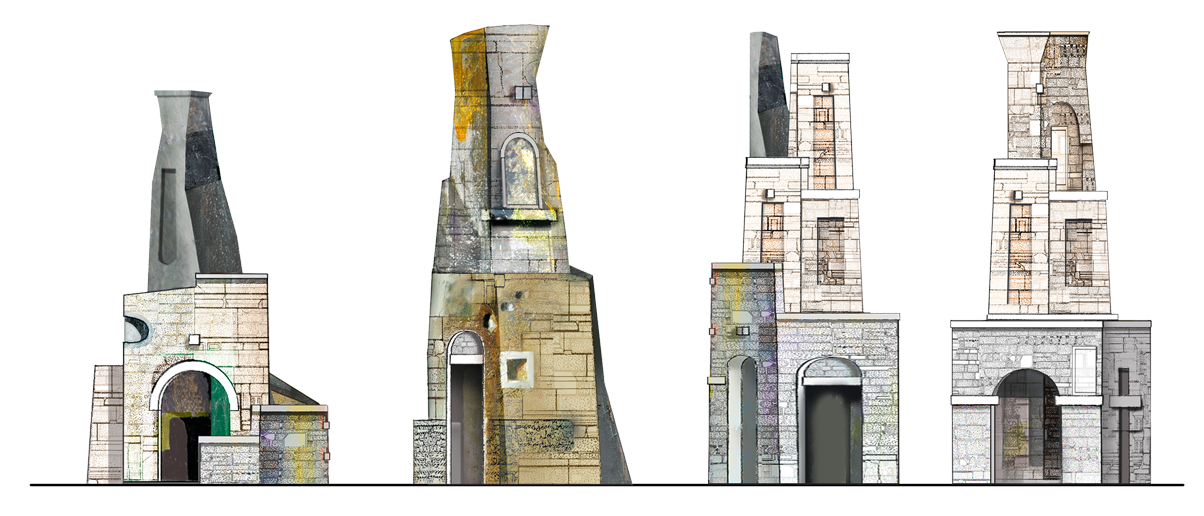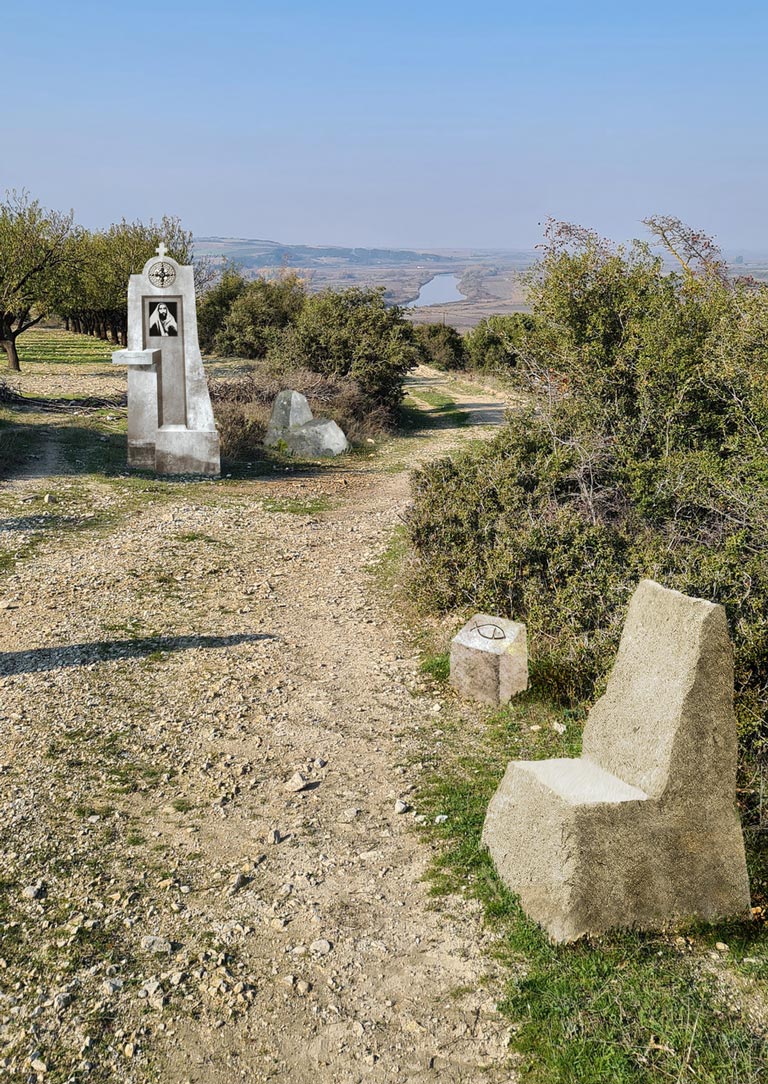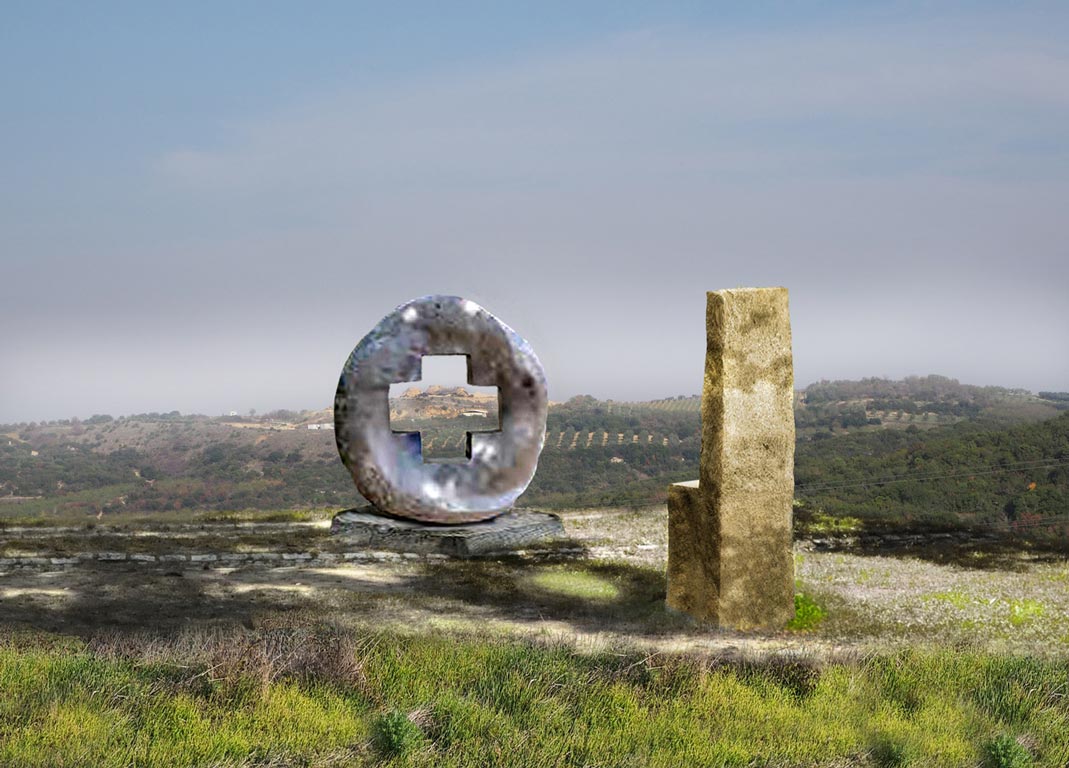Working Group
Paths of Greece
The Social Cooperative Enterprise Paths of Greece consists of a group of people, experts in their field, who share the same passion for hiking and a common vision for the development of hiking in Greece. They have set a goal for Greece to become one of the top hiking destinations, so that the country can take full advantage of this type of alternative tourism.
Using the latest GIS technology, interviews with the local community, hard field work and international know-how (member of the Board of Directors of World Trails Network, seminars in France and international conferences in America and Korea) Paths of Greece specialises in the design of hiking trails networks that are able to attract hikers from Greece but mainly from abroad.
It searches and finds the old and forgotten paths, in their majority ancient or old, they contain elements of nature and culture, which it considers important points of our cultural heritage.
It provides services for the opening, promotion, improvement of the accessibility and the marking of high standards and in order to ensure the long-term sustainability of the projects it creates plans for the management, promotion and publicity of the networks, such as the construction of websites, applications, brochures, participation in international thematic tourism exhibitions, etc.
Among other things, the S.C.E. Paths of Greece has created hiking networks in Sifnos, Kythira, Prespes, Peloponnese, Tinos, Hydra, Kasos, Skiathos, etc. It has also worked as a consultant in the development of hiking trails in China, Japan and Albania. It has developed bilateral partnerships with some of the major hiking organisations abroad such as the Federation Drancaise de Randonnee Pedestre (France), the Jeju Olle Foundation (S. Korea), the American Trail (America) and the Culture Routes Society (Turkey).
The services of the S.C.E. Paths of Greece have been sought and are sought by Municipalities, Companies in the field of Corporate Social Responsibility, Foundations and other institutions that wish to develop networks of paths in their area.
Experimental Workshop of Vergina
The Experimental Workshop of Vergina is a non-profit organisation that has been operating continuously since 1982. The object of its activities is about Art and Culture. It specialises on the work of the late Greek diaspora of the artist Makis Warlamis (1942 - 2016). It has organised exhibitions of Warlamis' collections all over the world and holds the copyright for the use of all his work. On the websites www.warlamis.gr and warlamis.libver.gr you can browse through Warlamis' entire work and the activities of the Experimental Laboratory of Vergina.
Since 2000, when Warlamis started his work on the project of Apostle Paul and after he passed away in 2016, the Experimental Workshop of Vergina has continued this cultural and religious work with the implementation of the Journey of the Apostle Paul in Macedonia. A national work with a global character.
House of Tea
Apostle Paul steps and his companions were first and foremost steps of faith for a new world of love and peace as he envisioned it through the teachings and sacrifice of Jesus on the cross. Paul realised his vision through a journey that brought him close to cities, towns and smaller settlements of the Roman world, people more or less ready to respond to the new call.
On his way from the Middle East to the West, Paul passed through roads with diverse vegetation. Walking from Neapolis to Thessaloniki, he was surrounded by springs, rivers, streams, broad-leaved trees, herbs, almond trees, vines and a variety of flowers. The modern landscape may have been altered and fragmented even more by modern habitation and new needs, but the seeds remained the same and through their annual cycles still give similar image to the one Paul and his travel companions saw.
The flora of today's roads is for the modern traveller and seeker of Paul's vision a constant axis of impressions as they were engraved in his memory at the time. The recognition of the plants connect the walker with the peculiarity of the landscape and consequently bring each contemporary step back to the roads, to the natural vector where the Apostle's vision travelled.
Especially on our route at the foot of the Paggaio, we are impressed by the beauty of the mountain and its rich vegetation and fauna. The relative isolation of the mountain from other mountain ranges, as we read in the guides, has led to the development of a rich flora with many endemic species and a forest complex of about 200 square kilometres.
Our route, at the foot of the mountain, is framed by shrubs or trees of small height such as holly, aureus (aueτcus ilex), fissures, wild olive trees, wild almond trees (Prwnus webbii), wild plum trees (Prwnus domestica), gorchia (Pyrus spinosa),shrubbery (dunipeatws phoenicea),birch trees (arbutus anedo), and even ferns, angelica and the larger pine trees (Pinus rutia), chestnut and sycamore.
Botanist Giannis Zalidas, who has created the "House of Tea" in Krinida, Serres, and together with Zenobia Antoniadou has founded the "Tsai Academy", studies the flora of the region and makes practical suggestions for both the rescue of endangered species and the sustainable use of useful herbs, he writes: In Paggaio we find many of the most beautiful wildflowers of the Greek flora, such as red peonies, cyclamen, red and pink lilies (Lilium Chalcedonicum) and (L. Matragon) and many species of irises, such as lris sientenisii.
Among the most important plants of the mountain are the bell, the centaur, the Verbascum pangaeum, the Arenaria filicaulis subsp teddii, the Haberlea rhodopensis, the Chondrilla urumoffii, the Omphalodes luciliae subsp scopulorum, the peonies, the Valerian, the fritillaria, the wild carnations, the viola, the Aquilegia vulgaris, the Saxifraga, the wild lilac, the Genista anatolica and the bitter orange.


